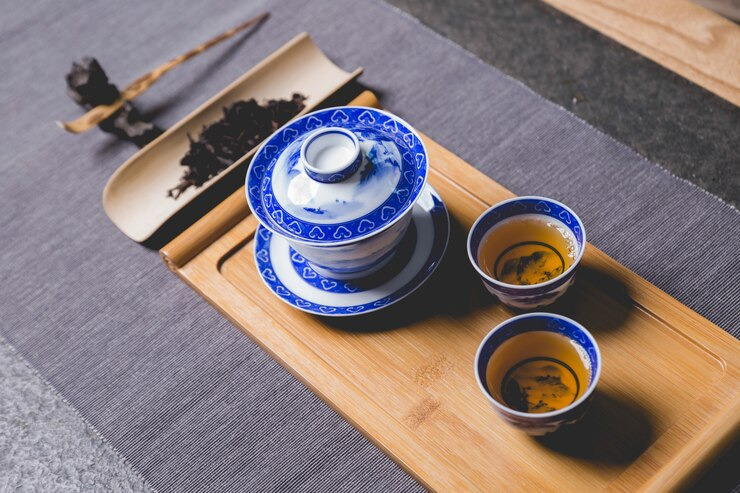Tea originated in China, and it is deeply ingrained in this country’s culture. China has a lengthy history and a culture that emphasizes tea drinking.
Depending on how they are grown and produced, Chinese teas include the following varieties: green tea, oolong tea, Pu’er tea, yellow tea, and white tea.
We’ll introduce the top ten Chinese teas in this article. Scroll down to see more!
1. Qimen Hongcha
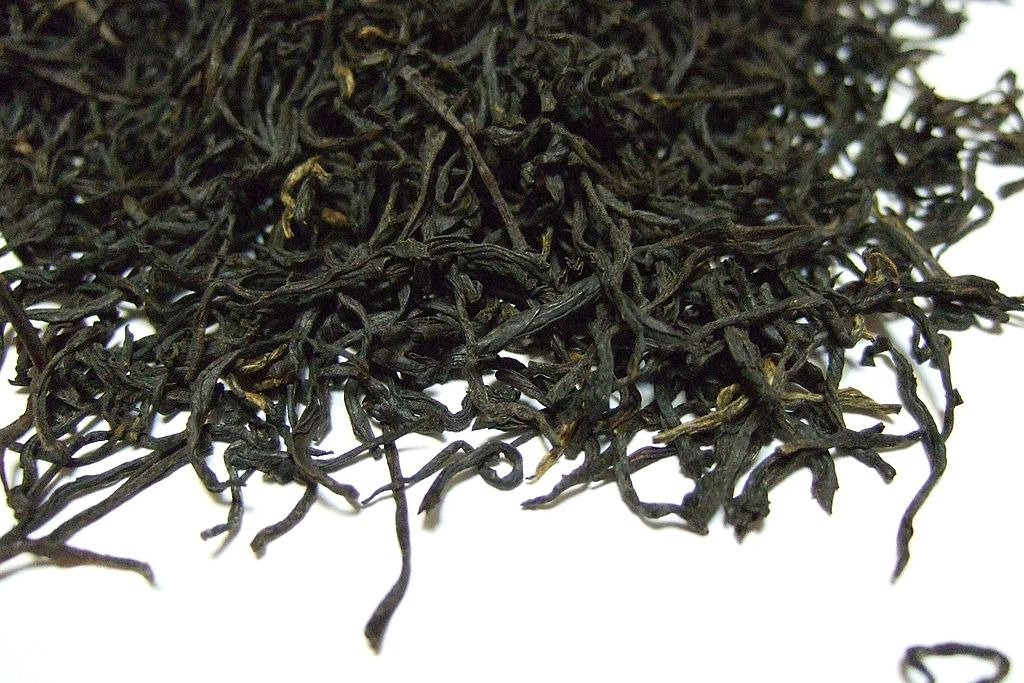
Black tea from Keemun is from mesophyte and mid-leaf tea trees. It is a well-known black tea and has a distinguished history in China.
Anhui tea producers in the Guangxu period developed tea produced in the Jiangxi Province city of Qimen.
The best tea is Qimen black tea, the most well-known and aromatic. The royal family and the Queen of England both enjoy this beverage.
The seedlings have fine hair, and the black and glossy tea leaves are tightly rolled. The aroma of the tea leaves lingers for a while and is similar to fruity and orchid scents.
The underside of the leaves is brilliant crimson. The soup is translucent and red, with a rich flavor and a profound aftertaste.
Black tea can help you stay calm and slake your thirst in the heat. Additionally, it stimulates the kidneys to aid in eliminating heat and waste and keeping the body’s physiological equilibrium.
2. Xinyang Maojian
Xinyang Maojian is a kind of green tea. It is one of the most famous teas in China and a well-known local delicacy in the province of Henan.
The form is more pekoe-like, thin, spherical, light, and emerald green in hue. Its taste is crisp, mellow, and sweet, and its scent is exquisite and fresh. Glossy and quite noticeable.
You may find the distinctive qualities of Xinyang Maojian in its color, scent, taste, and form. Its hue is pure and new.
High-quality Xinyang Maojian brew has a fragrant flavor and is light green, yellow-green, or brilliant. Meanwhile, substandard Xinyang Maojian soup lacks the aroma of tea and is yellowish or dark green, cloudy, and challenging to brew.
3. Longjing
Longjing tea is well-known for its emerald green hue, lovely form, sumptuous scent, and mild flavor. Its exceptional quality, singular “light yet distant” spirit, “fragrant and clear,” and peerless character set it apart from other teas and make it the greatest.
People appreciate Longjing tea because of its careful plucking and uniformity of fresh leaves. There are around 30 picking batches throughout the year, and being diligent relates to selecting large and small quantities.
There are ten classic frying methods used in Longjing tea. Varied frying methods used for tea leaves make different grades.
The super-grade Longjing tea has a light green hue, a fresh and clean aroma, and a fresh and mellow flavor with straight, flat, and smooth leaves. Poor-quality Longjing is made of dark green and large leaves with rough tea sticks.
4. Biluochun
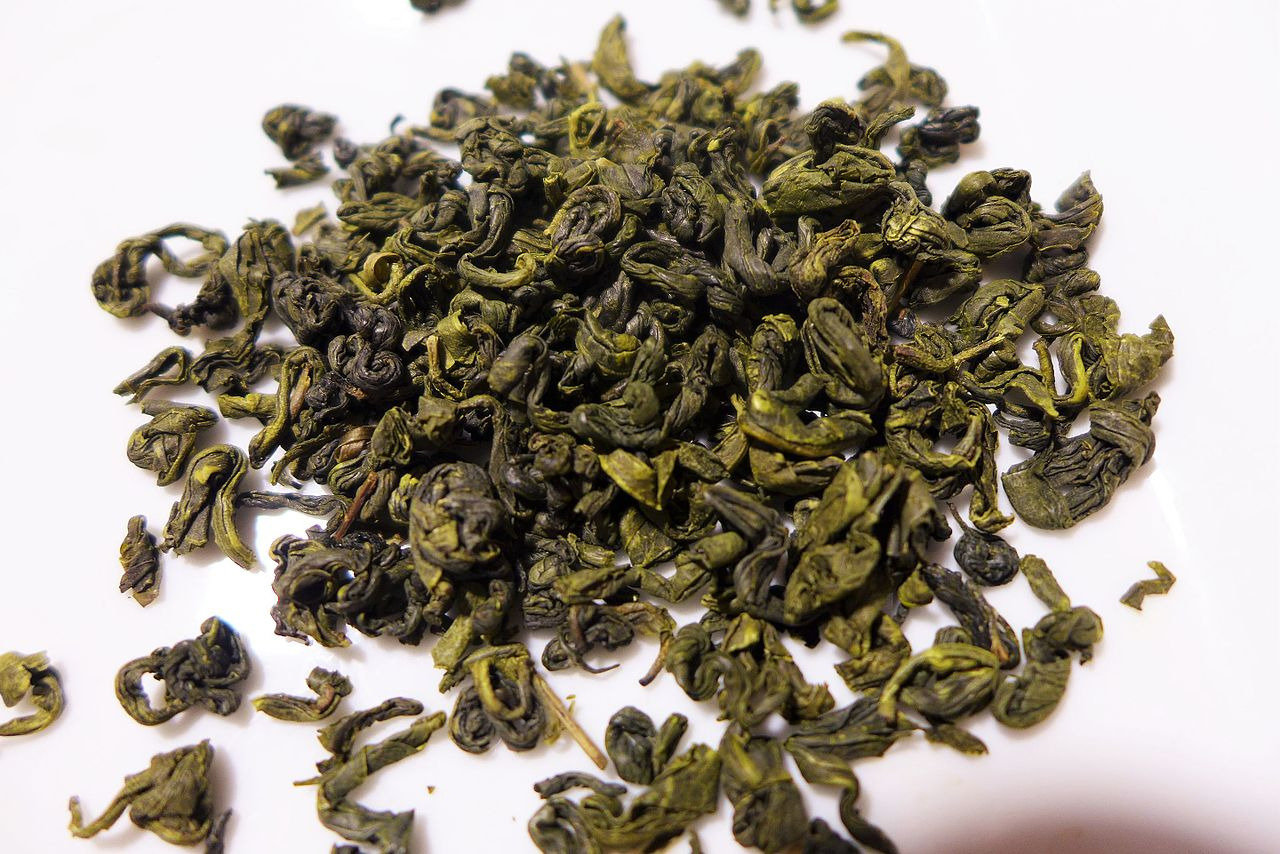
A traditional green tea with more than a thousand-year history is Biluochun.
People have long recognized it as a premium tea and have frequently used it as an expensive gift. It enjoys a very high reputation in the domestic and international tea markets.
People use new buds to produce every single leaf of Suzhou Dongting Biluochun tea. High-grade Biluochun reveals the tea buds’ softness.
Biluochun features emerald green, silvery-white, and curled strands that resemble snails. White clouds form in the cup when brewing the tea, and a clear, mellow green soup and a fresh, mellow flavor accompany the rich aroma.
5. Wuyi Yancha
A well-known traditional Chinese tea is Wuyi rock tea. It is an oolong tea with qualities similar to rock rhyme.
Wuyi rock tea has a sweet black tea flavor and a green tea aroma. The leaves look like the heads of dragonflies, iron-green in color with dark oil, and have a vibrant, sweet, fine, and aromatic interior.
Although it hasn’t been perfumed tea, the soup has a powerful floral smell. It is sweet and wonderful to drink, with a long aftertaste.
Containing a range of vitamins and inositol that the human body needs, it also has a tiny quantity of protein and fat that contributes to human nutrition. It is also rich in different amino acids that humans need.
6. Huangshan Maofeng
People call it the tea Huangshan Maofeng because the fresh leaves were from the summit of Huangshan Mountain. The freshly brewed tea leaves have a pekoe coating, pointy buds, and awn peaks.
The Huangshan Maofeng cords are oily and brilliant in color, thin and flat, and somewhat yellowish in emerald green. Dry tea buds should have visible bud peaks; those with more buds are of the highest quality, while those with buried bud peaks and few buds are of lower quality.
Please pick up a few high-quality, dry tea leaves, hold them near your nose, and you’ll either smell like chestnuts and orchids or feel fresh and revitalized.
If the Huangshan Maofeng is of the highest caliber, the soup is brilliant, clear, yellow-green or light green, transparent but not muddy, and has a powerful, lingering scent.
7. Duyun Maojian
One of the ten most famous teas in China is Duyun Maojian. The native moss tea type, known for its early germination, many hairs, thick buds leaves, intense softness, and ingredient richness, is the source of Duyun Maojian tea.
The rope has an emerald green tint and is tightly knotted, thin, and curled in form. The bottom of the leaves are brilliant green and have a robust, fresh flavor. The scent is potent.
The superior Duyun Maojian has a pleasant aftertaste and a mellow flavor. On the other hand, the taste of the fakes frequently disappears after the first brew.
8. Yunnan Pu’er
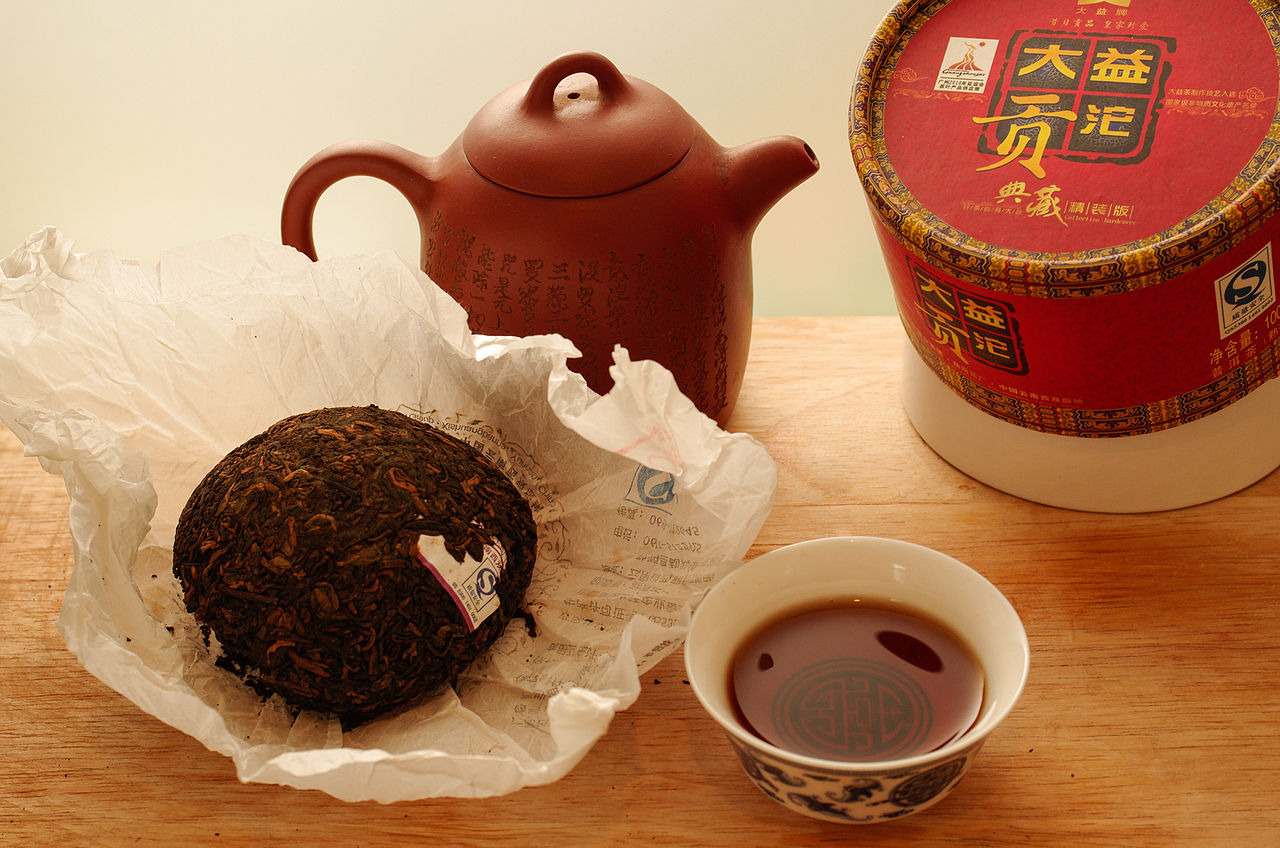
In Yunnan Province, Pu’er tea is produced in enormous trees that may reach heights of 16 meters. The shoots have fine hairs, and the terminal buds have delicate, white hairs. The leaves are oval, leathery, and thin.
Loose-tea Pu’er and tight-tea Pu’er are two types of Pu’er tea. Maojian and thick leaves are the conventional classification for Pu’er loose tea.
You may enjoy neat or blended Pu’er tea. Pu-erh tea has a rich orange-yellow tea soup, a strong, lingering scent, a distinctive aroma, a rich, mellow flavor, and the ability to sustain extended brewing.
Pu-erh tea only sometimes gets better with age. Only approved items may last long in correct storage circumstances; after a set amount of time, the tea’s quality will shift in a “good” direction.
The tea quality will not be satisfactory if it does not initially satisfy the requirement or is incorrectly stored later.
9. Baihao Yinzhen
Baihao Yinzhen, developed in 1796, is one of China’s top teas. It comes from Fujian.
The “tea king” and “beauty” in tea are two names for the most famous tea. The completed tea is around 3 cm long, straight like a needle, coated in pekoe, and silver in color like snow.
People call it Baihao Yinzhen because the raw ingredients are all tea buds and because the final tea has a needle-like form, is thickly coated in white hair, and is as white as silver.
10. Tieguanyin
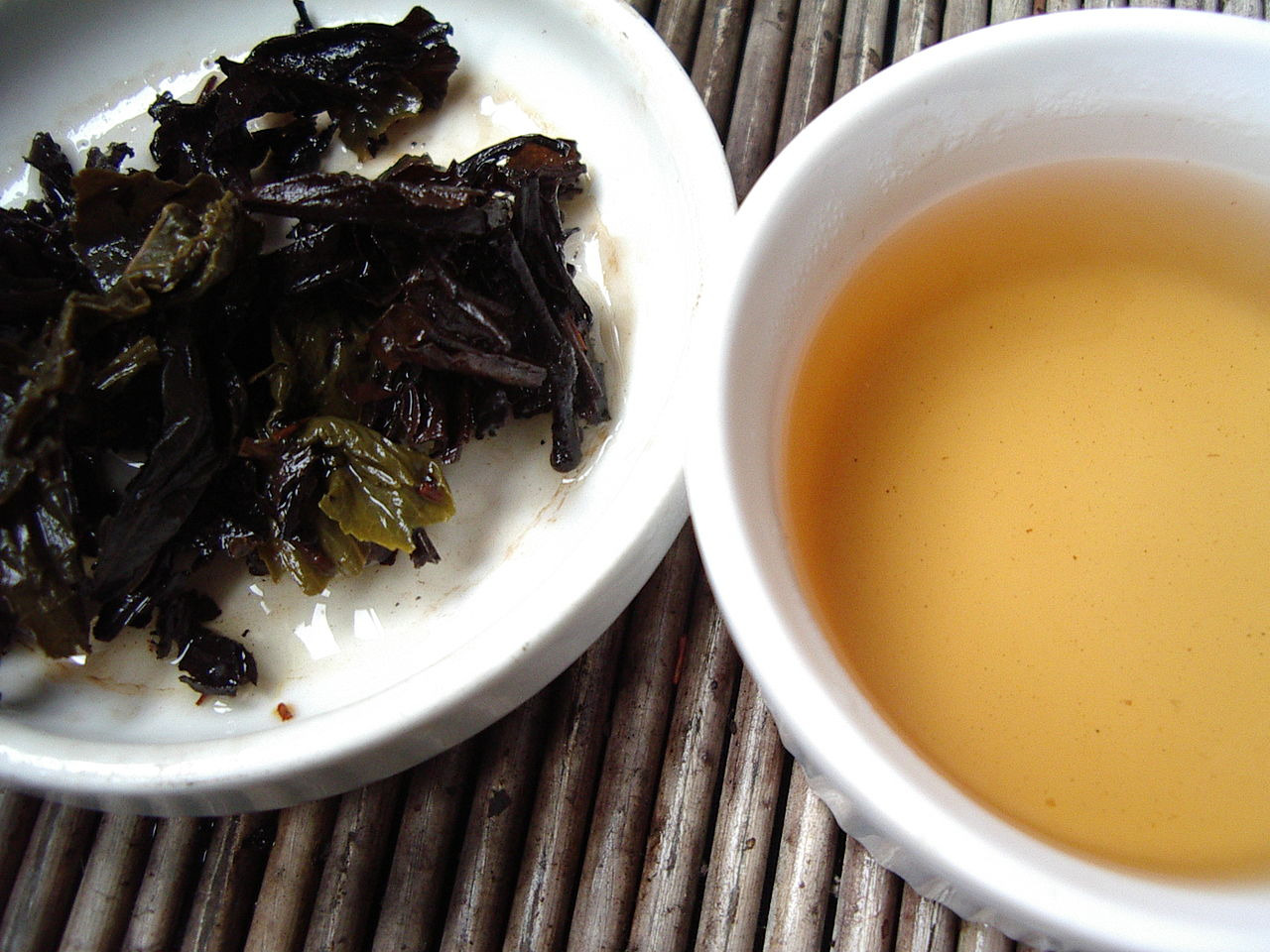
Traditional Chinese tea called Tieguanyin is a kind of green tea. Tieguanyin is the tea’s name and a particular type of tea tree.
Tieguanyin tea is a semi-fermented tea, which is between black tea and green tea. The long-lasting fragrance is pure and potent tasting.
In addition to its general health benefits, tea has effects on anti-aging, anti-arteriosclerosis, diabetes prevention and treatment, weight loss, muscle building, and dental caries prevention and treatment.
FAQs
Which Chinese tea is the healthiest?
Given its mild flavor and inherent health advantages, such as better digestion and sleep, people consider green tea the healthiest tea to consume.
What is the most potent Chinese tea?
Due to its higher oxidation level, black tea has one of the most robust flavors of Chinese tea.
What tea wakes you up the most?
There is a reason why black tea is a traditional morning pick-me-up. This tea is among the most caffeinated varieties.
Which tea has the most caffeine?
Black and Pu’er teas often have the most caffeine, followed by oolong, green, and white teas.
What is the most healing tea?
Green tea is a favorite among tea lovers worldwide for its therapeutic qualities. Several research studies have recently supported these advantages, indicating that green tea may safeguard several facets of human health.
Final Thoughts
We’ve made an effort to include as many specifics on these best Chinese teas introduced in this post as we can. I hope your confidence in your tea selections has increased. After reading this post, you can get any delicious tea.

